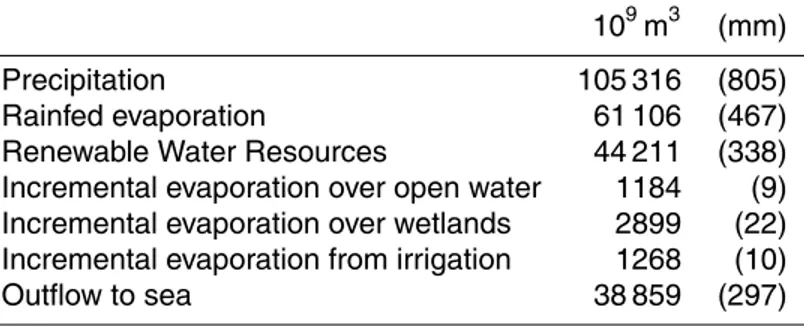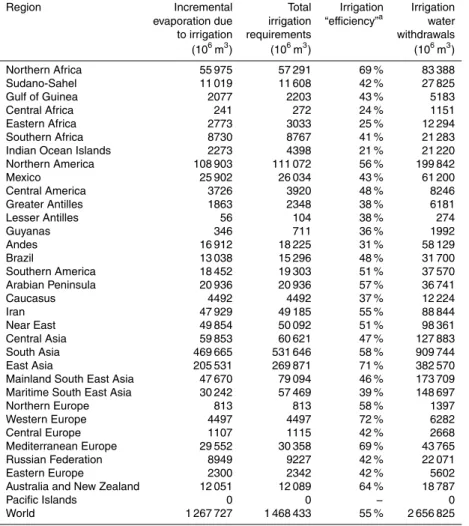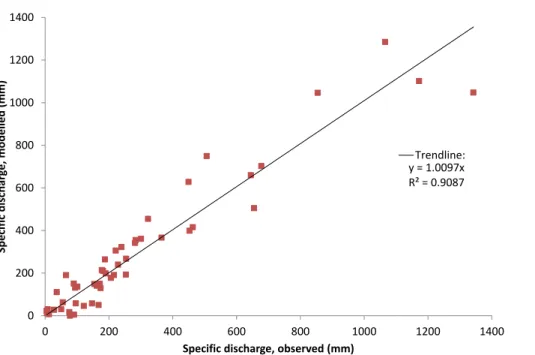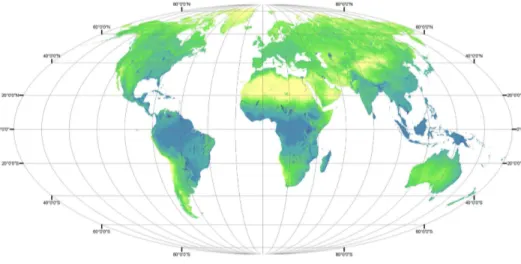GlobWat – a global water balance model to assess water use in irrigated agriculture
Texto
Imagem


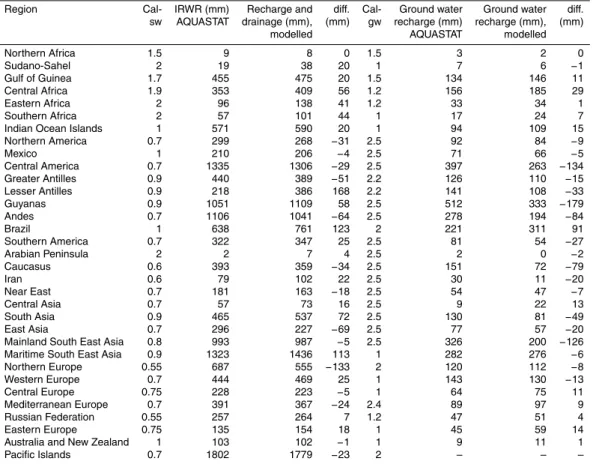
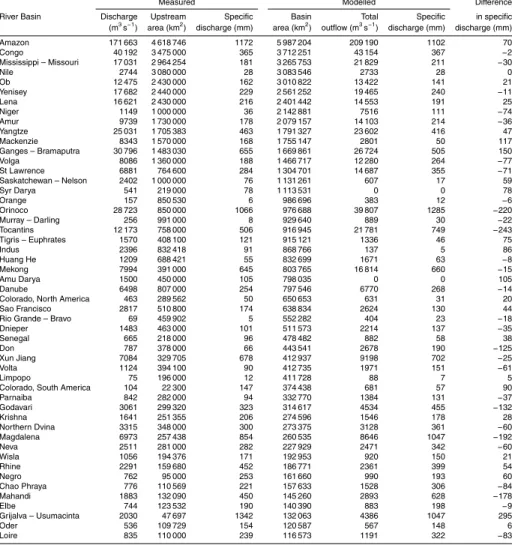
Documentos relacionados
Throughout the study, two concepts of ‘functional region’ will be used: Functional urban regions (FUR) that are characterised by the intensity of the inter-urban
This paper considers the emotional dimension of the political imaginary according to a dual rhetorical instance: the use of emotions as tools (emotional appeals) to
Therefore, the objective of this study was to estimate and compare the current and future water requirements for irrigation of normally non-irrigated crops in the Ijuí River
The primary objective of this study was to assess the impact of organic pollution on river water quality and the water self-purification capacity in the Ribeirão Vermelho Basin..
The estimation of evapotranspiration using satellite data and a surface energy balance model was appropriated to monitor water usage of large sugarcane areas irrigated by
Water depth applied and lost (directly, by percolation, and total), percentage of water loss, irrigation efficiency, and drainage or leaching fraction at
The expansion of irrigated agriculture in the Chao Phraya River basin, Thailand, has led to water shortages in years with insufficient surface water during the dry season (Molle
The water balance method involved the determination of direct recharge values, groundwater storage variation and base flow.. The direct recharge was determined by the water
